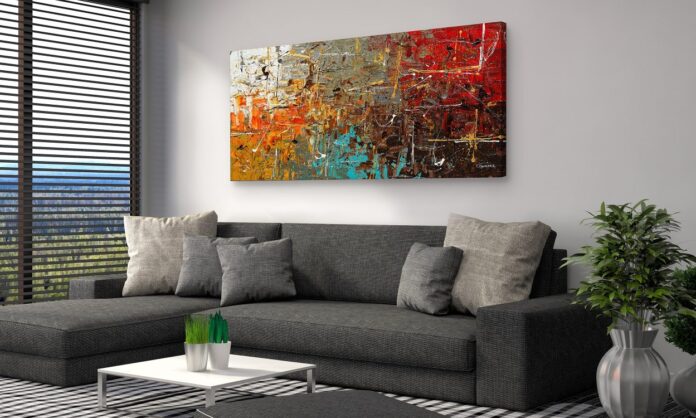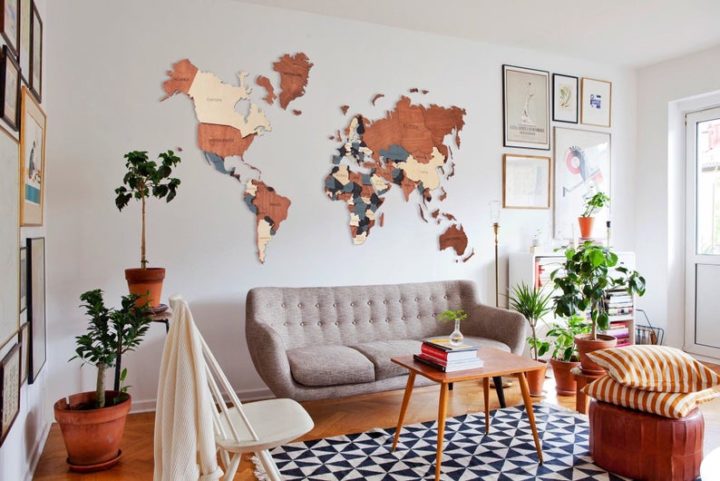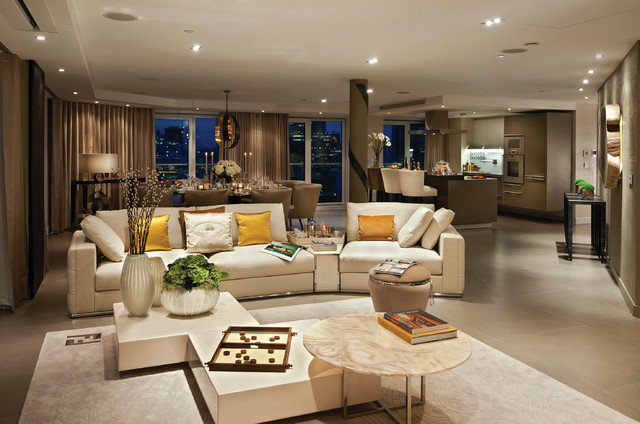Choosing the right wall art painting is very important when it comes to decorating your living room. You want something that will make you smile every time you walk into the room and put your feet up on the couch. There are many different types of wall art, so this can be a difficult task to find just one piece that you love!
You can use wall frames, canvas printing, wallpapers and vinyl wall art (also called wall decals or wall stickers) to decorate your living room. Within all of these methods, vinyl wall art is really a good choice. Click here to find more information of living room wall art ideas. Wall decals are made of vinyl, which is also named PVC. It is easy to use and doesn’t need the professional to install the wall decals. You can do it all by yourself. And when you are tired of the designs and colors, just peel it off and it won’t damage your living room walls.
In this blog post, we will discuss some strategies for choosing wall art based on certain criteria.
Before you Get Started, Take a Good Look at Your Space and Make Sure it has the Right Shape and Size for What you Want to Put There.
If you have a large, open wall that is begging for something to go on it, then your options are even more expansive than if you had just one small wall. If you do not have any walls available in your room, this can be an excellent opportunity to try our DIY gallery wall project!
If you only have a small space, you can still find some great Wall art that will work. Just make sure to go with something in proportion and not too overwhelming. If your walls are all of the same size or shape (square, rectangle), you should also be aware of this when selecting pieces for your home decorating project.
If you plan to hang your selection of wall art above a fireplace or TV, you might want to make sure that all the pieces match up. For example, if most of the paintings in this particular collection are landscapes with water and sky colors but one features bright blues and yellows, it may not mesh well with the other images in the collection.
Think About How Much Wall Art you can Hang Without Cluttering the Room or Making it Feel Too Busy.
Think about how much wall art you can hang without cluttering the room or making it feel too busy. Paneling, shelves, and other ways to display your pieces are options that might work better in a smaller space. To create variety, choose different shapes and sizes of frames for some of your pictures.
Another way to make your space feel less cluttered is to hang only one picture per wall. Additionally, think about how much light each piece will get when it’s hung in a particular spot. Certain colors work well with natural and artificial lighting, but not every color does, so don’t be afraid of testing out different options! Lastly, make sure you consider the style of your room.
In a formal space, it might be best to choose more traditional pieces that exude sophistication and elegance. On the other hand, in a cozy living area, artwork with bold colors or abstract shapes would work well to create an inviting atmosphere for guests. Whatever you decide will make all the difference!
Consider Where in Your Home You will Hang the Piece.
When choosing wall art for your living room, think about the focal point of this space. If you have a fireplace and mantle, is there enough visual interest in those areas? What if you lack natural light or windows?
Choose pieces with colors that will balance out an area without much variation from what’s already present. As well as using textures to add depth to the space. If you’re renovating, think about what will work with the existing space. For example, if your living room has high ceilings and a traditional fireplace mantelpiece, consider paintings or other pieces that are three-dimensional in nature. Walls covered in brick also make great canvases for large-scale artwork, such as an oil painting of a pastoral scene.
If you’re going for a more modern-style living room, try adding bold pieces with many colors or geometric patterns to make the space pop. A painting on an easel rather than mounted on the wall would work nicely in this type of environment as well.
Choose a Color Scheme for all Pieces to Match with Each Other and Add Cohesiveness to Your Living Room Decor.
Incorporate artwork similar to the room while avoiding things in direct contrast, such as black-and-white photographs against red walls. All colors and textures need to match up nicely to make your living space feel cohesive. Here are some pastel color decoration ideas you can try for your living room.
A great way of adding visual interest is by choosing something abstract or modern with many colors. There are a few caveats to this rule, though: First and foremost is that you should make sure the colors in your art match those on the walls. If not, it will just look like an electric mess with no sense of unity. It’s also important to consider where you will hang your pieces–if it goes behind your couch, the colors should be more subtle.
Hang Artwork High Enough Not to Obstruct Views Through Windows But Low enough to Obscure Ceiling Fixtures
When hanging your new piece of art, make sure it’s not too high or low on the wall. You don’t want to be looking at a painting so much that you can’t see what is outside. A good rule-of-thumb for how high up to hang something is about six feet from the ground. This will give you enough visual space to see the sky, clouds, and trees that may be outside.
Make sure you leave enough wall space for other art pieces or pictures as well. It’s good to have a little breathing room between each piece of artwork, so they don’t feel like they’re all fighting for attention on your walls. If it’s not possible, try using a gallery-style arrangement where you hang each piece at the same height and measure out how far apart they should be.
Make Sure Any Frames are Sturdy
Framing your new artwork is an important step that can really make the piece stand out. There are a few things to consider for framing, though: First and foremost, you should always use acid-free matting or mats made with natural materials such as cotton rag paper, so they don’t deteriorate over time. This will protect not only the piece of art but also the frame itself.
There are a few different types of frames you can use: Traditional, modern, and contemporary, as well as wood or metal for your choice in material. If you have artwork hanging on a wall with exposed brick, try to match it up by using a similar type of frame. This way, it won’t stand out or look jarring to the eye.
The right wall art can give your living room a cohesive, stylish feel. If you’ve found yourself at a loss for how to decorate with such an eclectic piece of furniture as the focal point in your living space, know that there are plenty of ways to make it work. Start by choosing pieces that match the color scheme and overall aesthetic vibe you have going on already—then arrange them, so they don’t clutter up or overwhelm the room. Finally, hang everything high enough, so it doesn’t obstruct views through windows but low enough so people won’t bump into things while walking around inside. There is no wrong way to decorate when using this guide!



















